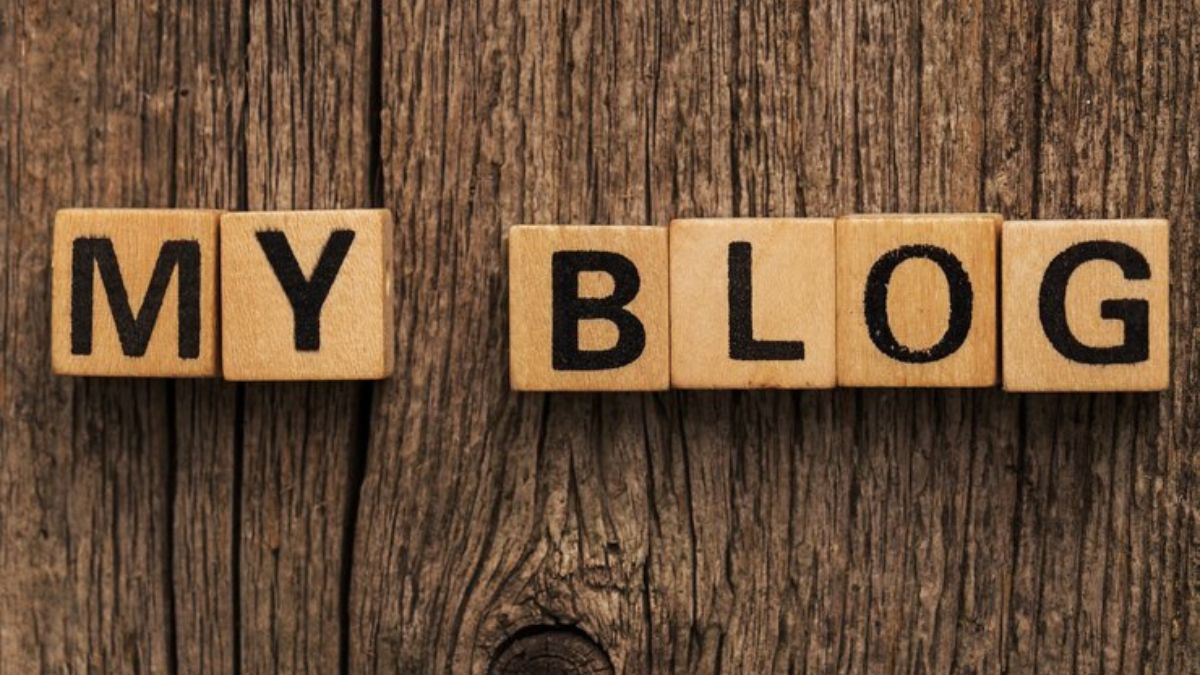The practice of body adornment is as old as civilization itself, with each form expressing its own unique symbolism and cultural significance.
In contemporary times, one such adornment that has gained widespread popularity is the nose piercing. With its rich history rooted in diverse cultures around the world, nose piercings are much more than a mere fashion statement. They carry meaningful symbolism depending on the side where they are placed.
In this article, we delve into the deep-seated meanings behind right and left nose piercings, unveiling the tapestry of belief and tradition woven into each tiny piece of jewelry.
The Meanings Behind Right Side Nose Piercing
Emblem of Rebellion
Often, a right nose piercing is seen as a mark of rebelliousness and non-conformity in Western cultures. It stands for the wearer’s inclination to break traditional norms and stereotypes, embracing individuality and personal freedom.
Affinity towards Alternative Cultures
The right nose piercing has strong associations with alternative subcultures, like the punk rock movement of the 1970s and ’80s, underlining the wearer’s affinity towards these communities.
Homage to Heritage
For those hailing from cultures where the right side piercing is significant, it can serve as a celebration of their roots and heritage.
Health and Well-being
In Ayurvedic tradition, the right nostril is linked to the pingala nadi, the energy channel associated with vitality and the sun’s warming energy. Therefore, a right nose piercing might be chosen for its perceived health benefits.
Signifying Marital Status
In some African and Middle Eastern cultures, right nose piercings can indicate a woman’s marital status.
Courage and Fearlessness
The right-side nose piercing can also symbolize courage and fearlessness, representing the bold step to pierce an area as sensitive as the nose.
Artistic Expression
In the world of fashion and art, right-side nose piercing is often used as an avenue for unique self-expression and artistic creativity.
Spiritual Connectivity
It may also symbolize spiritual connectivity, offering a pathway to enhanced spiritual or psychic awareness.
The Meanings Behind Left Side Nose Piercing
Fertility and Childbirth
Originating in Indian culture, the left nose piercing is often associated with fertility and ease in childbirth, based on the belief that the left nostril is connected to the reproductive organs in women.
Femininity and Beauty
The left nose piercing is often used to enhance feminine beauty in several cultures. It’s believed to highlight a woman’s features and add to her charm.
Traditional Compliance
In contrast to the rebellious streak of the right side, the left side nose piercing can symbolize adherence to societal norms and traditions in many cultures.
Balancing Life Energy
According to Ayurveda, the left nostril is connected to the ida nadi, associated with the moon, and represents calmness and relaxation. A left nose piercing can thus represent balance and tranquility.
Emotional Expression
The left-side nose piercing can denote emotional sensitivity and deep personal introspection, reflecting the wearer’s emotional intellect and empathy.
Marital Symbol
In certain cultures, such as those in South Asia, the left nostril piercing is viewed as a symbol of marital status and the wearer’s readiness for marriage.
Protection from Negativity
Some believe that a left nose piercing can ward off negative energy and protect the wearer from evil spirits or negativity.
Health and Longevity
In some practices of traditional Chinese medicine, the left side of the body is often associated with general health and longevity, making left-side nose piercings a symbol of wellness and long life.
Spiritual Meaning Of Nose Piercing In General
Nose piercing isn’t just a fashion statement; it carries profound spiritual significance in many cultures around the world. The nose piercing is often seen as a rite of passage, marking the transition from adolescence to adulthood. Spiritually, it can symbolize transformation and personal growth.
Additionally, the nose piercing can represent a strong connection to the divine in many cultures. It’s often seen as an indicator of the person’s spiritual journey, their commitment to certain spiritual practices, or their connection to a higher power. This spiritual meaning can manifest differently for each individual, often resonating with personal beliefs and experiences.
It is also worth noting that the act of piercing itself is sometimes seen as a spiritual practice, a ritual that transcends the physical realm. The pain experienced during the process can be seen as a form of release or purification, a shedding of the old to welcome new energy and transformation.
Meaning For Men
Historically, nose piercing has been more common in women, but in recent decades, it has become increasingly popular among men across the globe. This shift can be seen as a rejection of stereotypical gender roles and norms, making a statement about individuality, self-expression, and freedom of choice.
In terms of spiritual significance, a nose piercing for a man can symbolize strength, courage, and determination, reflecting their journey towards self-realization and self-acceptance. It can also be a tangible manifestation of their commitment to spiritual growth and awakening.
For many men, the nose piercing serves as a constant reminder of their individual path and their quest for personal and spiritual development. It can be a statement of breaking away from traditional expectations and embracing their unique path, connecting more deeply with their personal truths and spiritual beliefs.
Meaning For Women
For women, nose piercing holds deep spiritual, cultural, and personal significance. Historically, in many cultures, nose piercings have been used to mark important life stages such as puberty, marriage, or motherhood. They’re often seen as symbols of a woman’s strength, resilience, and journey through life.
Spiritually, a nose piercing can represent a woman’s connection to the divine feminine, a celebration of her femininity and strength. It can serve as a symbol of empowerment, a statement of self-expression, and personal freedom.
In some traditions, such as Ayurveda, a nose piercing, particularly on the left side, is believed to make childbirth easier due to its connection to the female reproductive organs. This aligns with the concept of ‘sacred pain’, a pain undertaken for spiritual or personal growth. In this context, the nose piercing can symbolize a woman’s connection to the cycle of life and her capacity to nurture and create life.
The spiritual significance of a nose piercing for a woman can also be an expression of her individual spiritual journey. It serves as a visible sign of her spiritual commitments, her personal growth, and her journey toward self-discovery and self-realization.
Whether for a man or a woman, a nose piercing can be much more than an aesthetic choice. It can be a deeply personal symbol, resonating with individual beliefs, experiences, and spiritual journeys. Like any form of body modification, the meaning behind it is unique to each person, reflecting their personal narrative and individuality.
Should I Pierce The Left Or Right Nose?
Deciding which nostril to pierce is a personal decision, and the choice between the left and right nostril can be influenced by various factors. These may include cultural norms, personal beliefs, fashion preferences, and even potential health benefits according to certain traditional practices.
As explained earlier, each side carries different meanings across cultures, and your choice may also depend on the particular symbolism you wish to adopt. In some cultures, the left nostril is commonly pierced, as it is believed to ease childbirth and represent femininity. Meanwhile, the right nostril is often linked to vitality and the sun’s warming energy in Ayurveda.
Benefits Of Piercing Your Right Nostril
In Ayurvedic medicine, the right nostril is associated with the ‘pingala nadi,’ which is linked to the sun’s energy. Piercing the right nostril is believed to increase the body’s heat and control its energy flow, thereby potentially aiding in maintaining good health.
Stimulating Positive Energy
The right side is traditionally associated with masculine, solar energy, symbolizing warmth, action, and vitality. A right nostril piercing may help in stimulating this energy, enhancing one’s zeal and vigor for life.
Enhancing Vitality
As per Ayurveda, breathing predominantly through the right nostril can help enhance the body’s energy levels. Therefore, a piercing on this side is believed to encourage more effective breathing through the right nostril, which could potentially contribute to increased vitality.
Promoting Alertness and Concentration
Right nostril breathing is also said to promote a more alert and focused state of mind. While more research is needed to verify these claims, some individuals believe that a right nostril piercing helps increase focus and concentration by encouraging right nostril breathing.
Potential Health Benefits
Some proponents of alternative medicine practices suggest that a right nostril piercing can provide relief from certain conditions like endometriosis and menstrual disorders. However, it’s important to note that there is limited scientific evidence to support these claims, and individuals should seek advice from medical professionals for these health concerns.
Remember, the decision to get a nose piercing, and on which side, is a personal choice and should align with your comfort, personal beliefs, and aesthetic preference. It’s also crucial to consider potential risks, such as infection, and ensure that the piercing is done by a certified professional under hygienic conditions.
What Historical Traditions Surround The Practice Of Nose Piercing?
Nose piercing boasts a rich history that spans multiple continents and cultures. Originating as far back as 4,000 years ago, it has been practiced by various civilizations, from the Middle East to Africa and South Asia. In some cultures, nose piercing marked significant rites of passage.
For instance, Bedouin tribes in the Middle East used it to indicate a woman’s marital status. In India, nose piercings have been a part of cultural traditions since the 16th century, associated with beauty, social status, and fertility. Today, it is not only a form of self-expression but also a celebration of heritage for many people across the globe.
What Factors Should Someone Consider Before Deciding On Which Nostril To Pierce?
The decision on which nostril to pierce is a personal one and should align with one’s comfort, personal beliefs, and aesthetic preference. Cultural norms, the specific symbolism one wishes to convey, and even potential health benefits according to traditional practices might influence this decision.
It’s also important to remember potential risks, such as infections, and allergic reactions, and ensure the piercing is performed by a certified professional under clean and hygienic conditions.
What Are The Potential Risks And Complications Associated With Nose Piercing?
Nose piercing, like any body modification, comes with potential risks. These include infections, allergic reactions to the jewelry, scarring, keloids, and potential complications during the healing process. There is also the risk of the jewelry getting caught in clothing or bedding, causing injury.
Additionally, some people may experience a temporary or permanent change in their sense of smell. It’s essential to have a certified, experienced professional perform the procedure and provide guidelines for proper aftercare to minimize these risks. For anyone considering a nose piercing, it’s also worth noting that it may not be acceptable in certain workplaces or cultures, so these aspects should also be considered.
Conclusion
In conclusion, the practice of nose piercing, whether on the right or left nostril, carries a multitude of meanings and implications. Rooted deeply in diverse cultures and histories, these small pieces of jewelry have the capacity to communicate personal narratives, cultural heritage, rebellion, individuality, and even spiritual beliefs.
The meanings associated with the side of the nose piercing are as diverse as the individuals who wear them. They can signify various aspects of our lives, from masculinity and femininity to spirituality and health.
It’s important to understand, however, that the symbolism attached to nose piercings can vary greatly depending on cultural backgrounds, personal experiences, and individual interpretations.
When deciding to get a nose piercing, it’s crucial to consider these potential meanings, but also personal comfort, aesthetic preference, potential health risks, and societal and workplace norms. A nose piercing is a form of self-expression, and ultimately, the meaning it carries is a personal interpretation.
Despite the diverse beliefs and practices surrounding nose piercings, one fact remains consistent: they have been, and continue to be, a powerful medium for self-expression, capable of communicating complex narratives about identity, heritage, and personal beliefs.
Whether one perceives it as a fashion statement, a cultural tradition, or a spiritual symbol, the humble nose piercing remains an enduring and powerful form of personal adornment.









![Discover the transformative power of Uncymaza, a revolutionary innovation in [industry]. Explore its benefits, uses, and how it works.](https://myspiritsphere.com/wp-content/uploads/2024/09/Screenshot-2024-09-18T092624.764.png)

